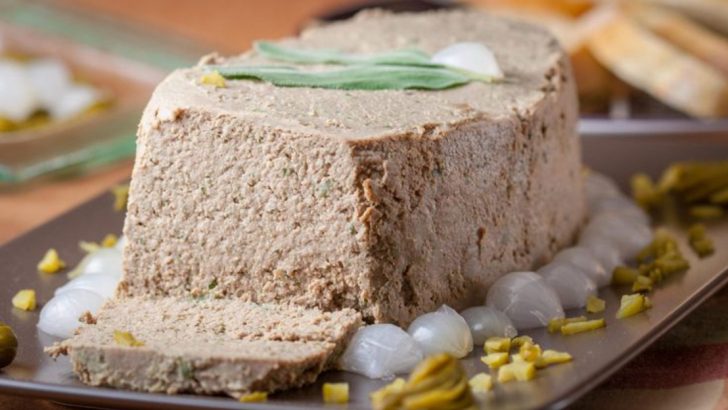During World War II, food wasn’t about taste—it was about making do. With rationing in place, home cooks got creative with strange combinations and limited supplies.
From mock desserts to meaty oddities, these dishes once filled plates across the world. Today, though, they might leave most folks reaching for takeout instead.
1. Canned Pork Brains
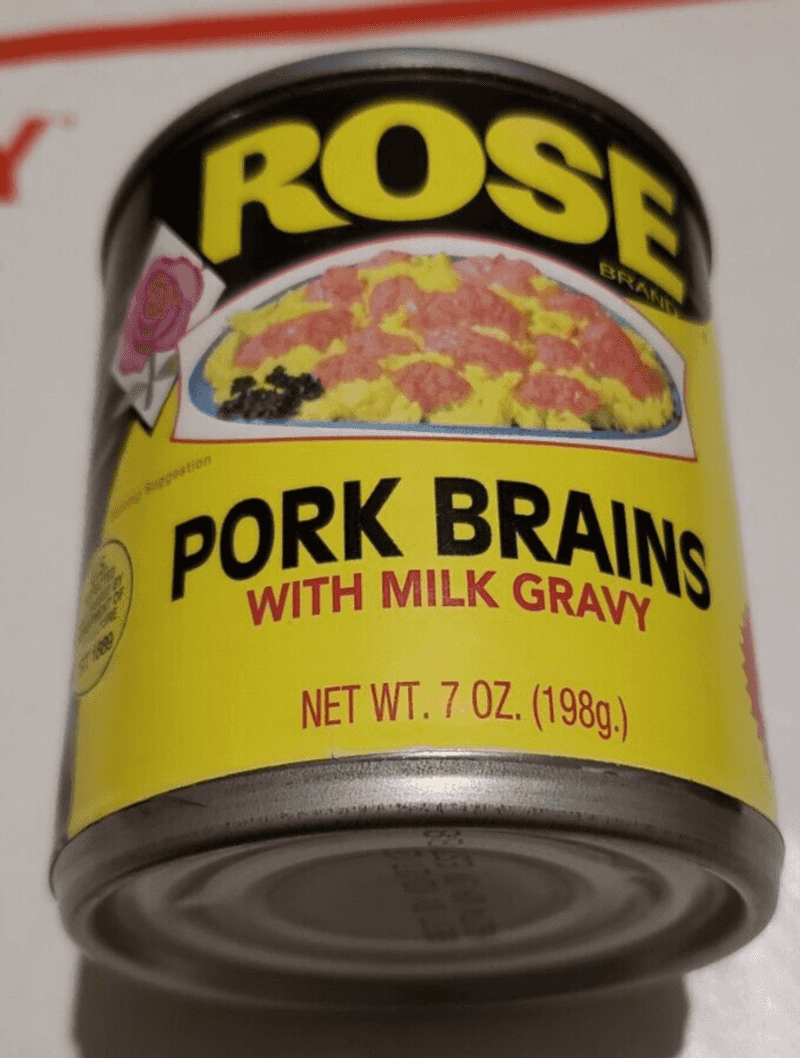
Packed in milk gravy and ready to heat, this was a protein source for the truly committed. Soft, salty, and unmistakably rich.
The texture walked the line between spreadable and slippery. Even in wartime, it wasn’t for the faint of heart.
2. Spam And Prune Casserole
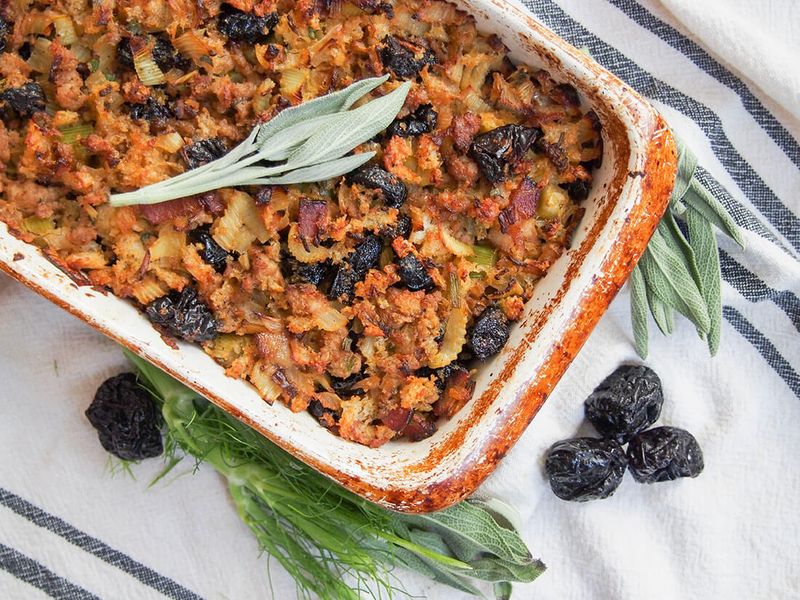
Cubed Spam and sweet prunes baked together in a savory sauce for maximum pantry-stretching power. Salty met syrupy in a single bite.
It was a clash of textures and flavors—crispy edges, soft fruit, and a lingering smokiness that divided dinner tables.
3. Powdered Egg Mix
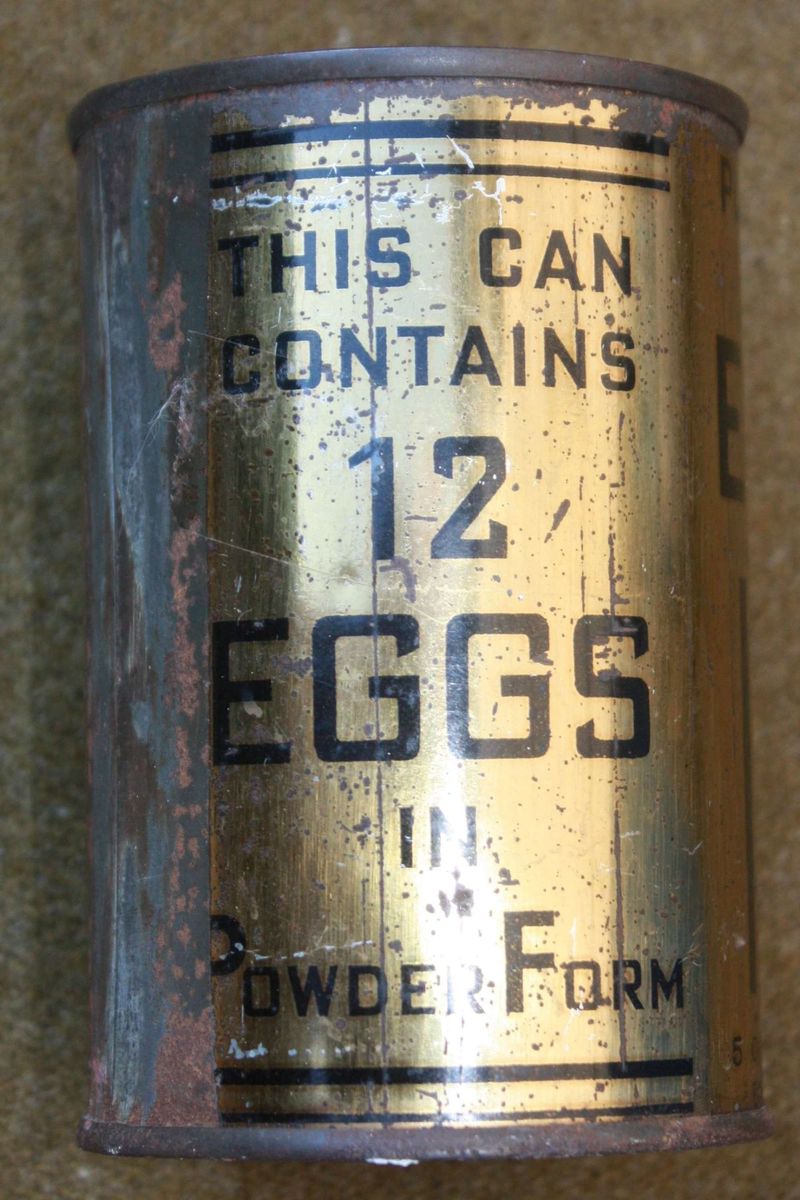
This yellow dust turned into scrambled eggs, omelets, or binding for meatloaf—if you could ignore the chalky flavor.
It rehydrated quickly but lacked richness. More science experiment than breakfast staple.
4. Victory Garden Beet Loaf
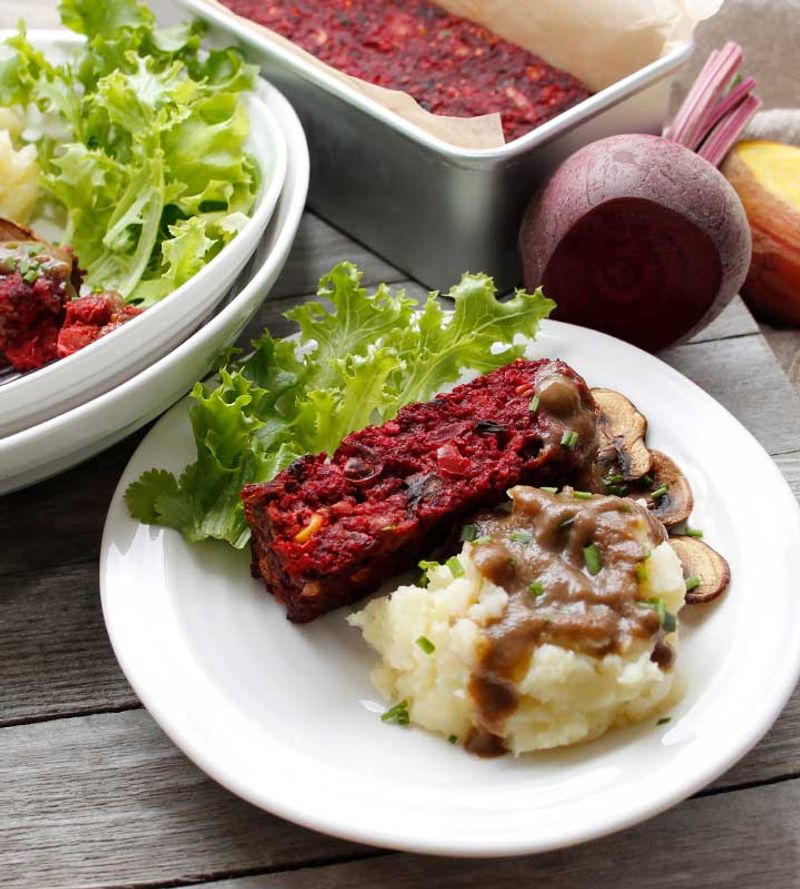
Beets stood in for meat, shredded and mixed with oats and breadcrumbs into a loaf that was sliced and served with gravy.
The color was bold, but the taste leaned earthy and odd. Nutrition mattered more than joy.
5. Cabbage Jelly
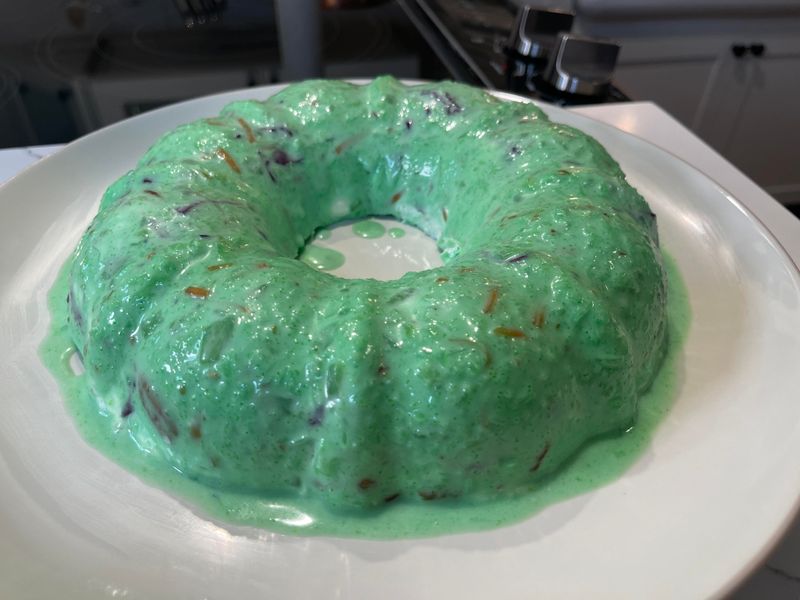
Shredded cabbage suspended in lemon gelatin was served cold as a salad course or a light meal. Texture took center stage.
Crunchy met wobbly, tangy clashed with vegetal. A jiggling curiosity better left in the past.
6. Liver Loaf
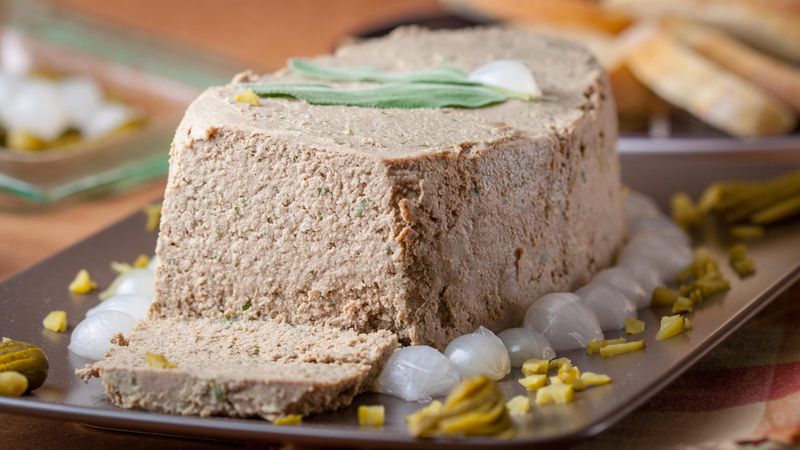
Blended liver formed into a brick-shaped loaf and sliced cold or warm. Strong flavor, even stronger scent.
Iron-rich and intensely savory, it was a no-waste solution with limited fans. Often hidden under ketchup or gravy.
7. Bread Stretchers (Potato Or Turnip Bread)
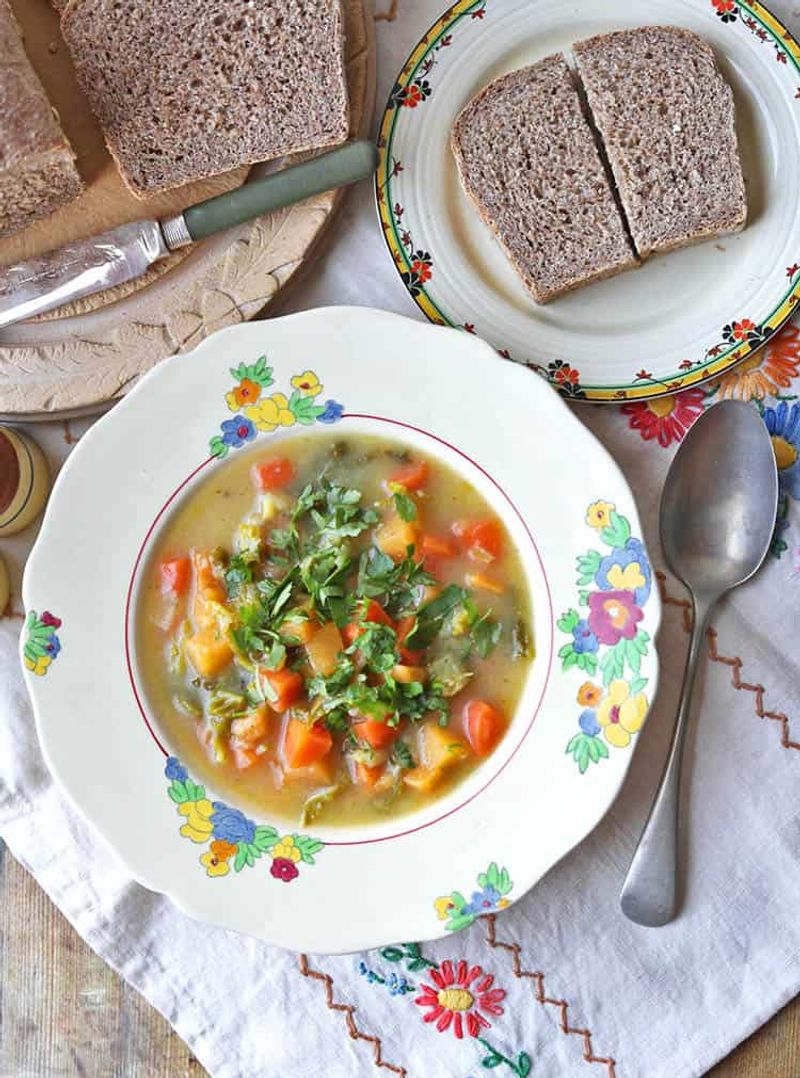
Wheat flour was scarce, so boiled mashed turnips or potatoes were kneaded into dough to stretch out a loaf.
The texture turned gummy and dense. Freshness faded fast, often within hours of baking.
8. Mock Apple Pie (No Apples)
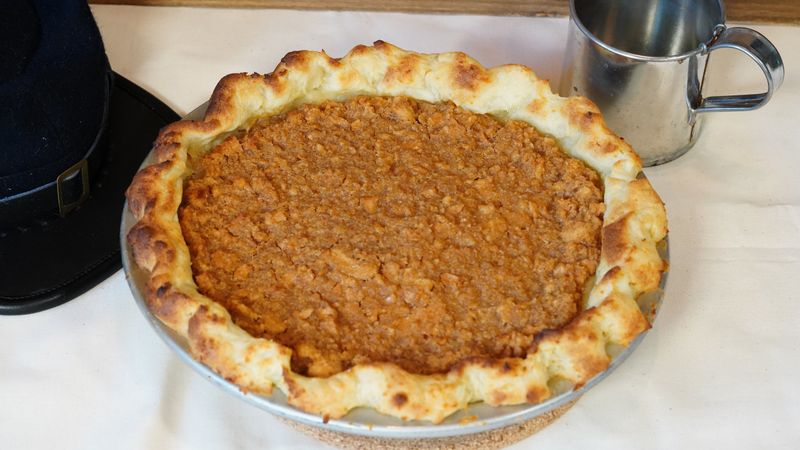
Crackers soaked in lemon juice, cinnamon, and sugar mimicked the flavor of apple filling. Illusion was everything.
Baked in a real crust, it fooled some at the table. Still, it was a pie in name only.
9. Creamed Chipped Beef On Toast
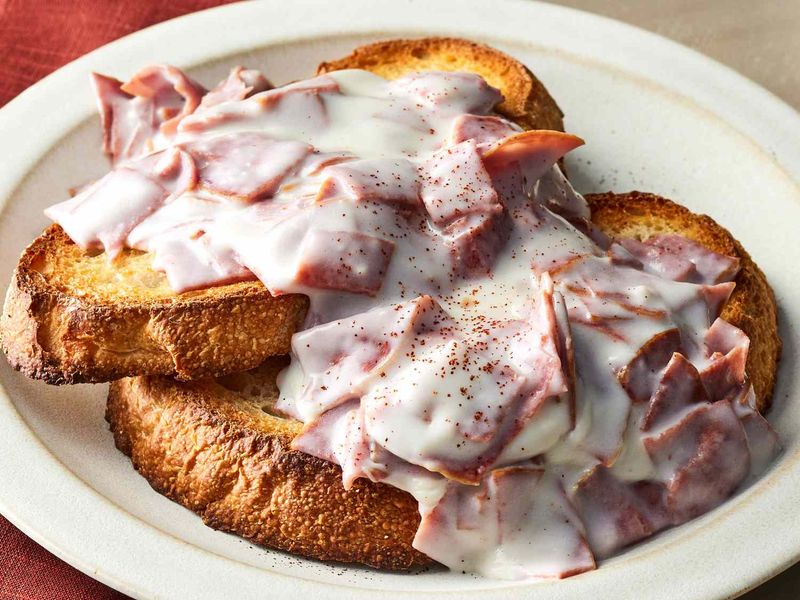
Dried beef rehydrated in milk gravy and poured over toast made for a salty, savory, and infamous meal.
Nicknamed “S.O.S.” by soldiers, it was cheap, fast, and unforgettable—for better or worse.
10. Peanut Butter-Stuffed Onions
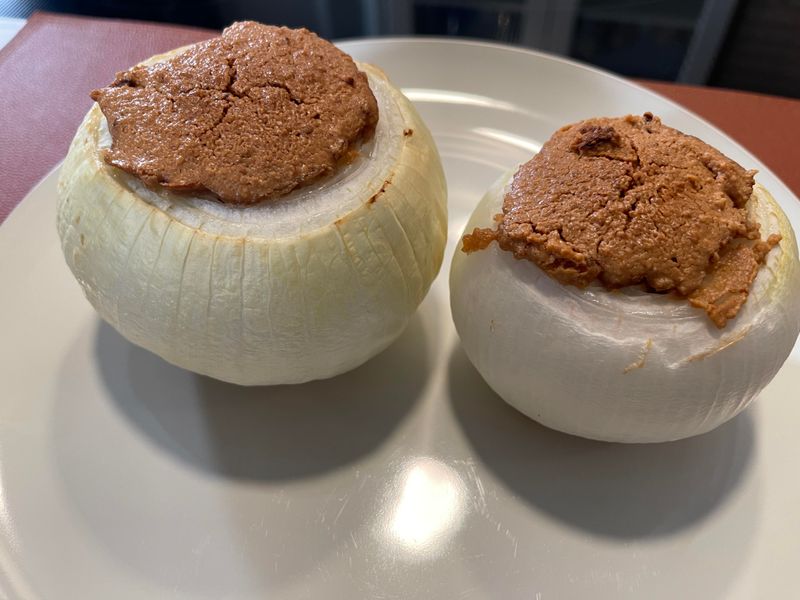
Boiled onions filled with creamy peanut butter were served warm as a main or side dish. Sweet met sharp in every bite.
The combination surprised even wartime cooks. It was filling, but few asked for seconds.
11. Boiled Sheep’s Head
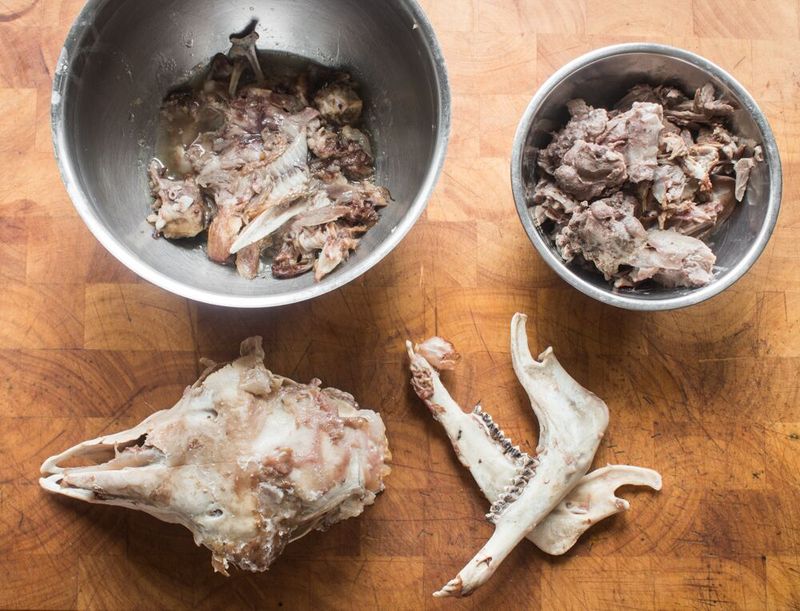
The entire head was simmered for hours, then served with root vegetables or sliced cold. Every part got used.
Eyes, tongue, and brain were not spared. A true nose-to-tail dish—if you could look it in the face.
12. Carrot Marmalade
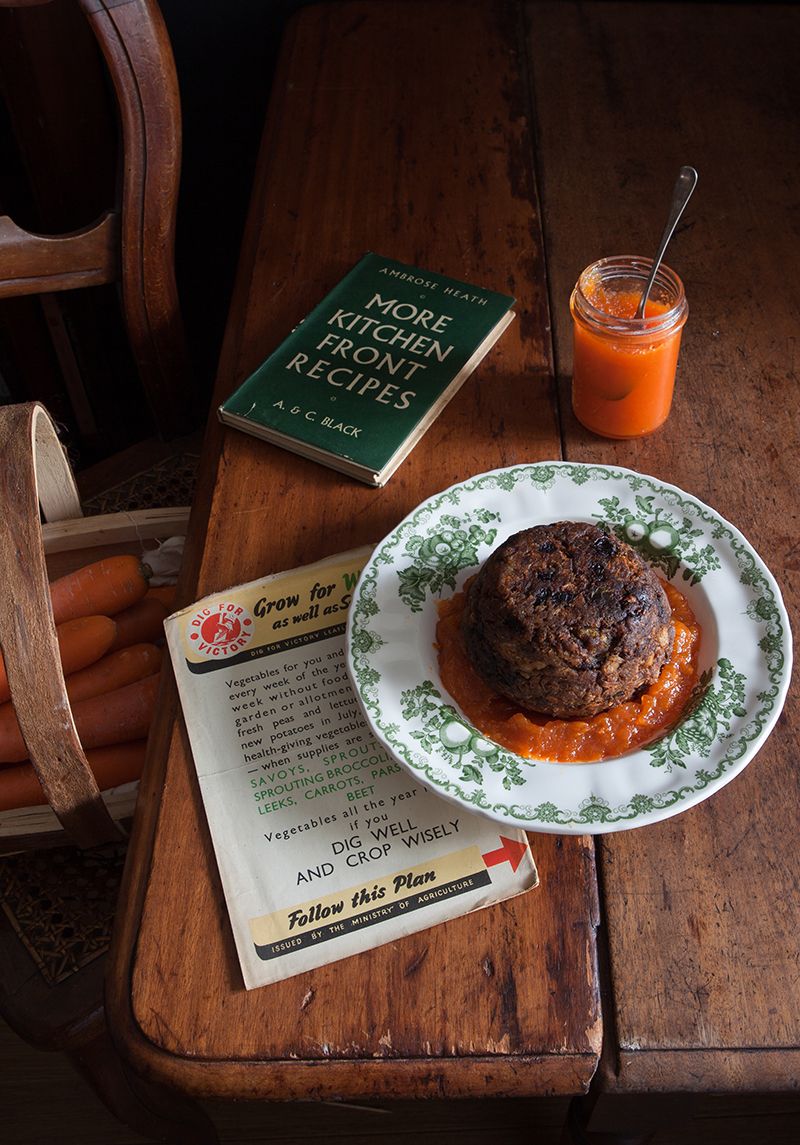
Grated carrots simmered with sugar and citrus peel to create a sweet, spreadable preserve. Bright color, surprising sweetness.
It worked in cakes or on toast, though the flavor veered more vegetal than fruity. Jam with a twist.
13. Soya Bean Fudge

Soy flour, margarine, and sugar formed a stiff, sweet block of “fudge” packed with protein. Chocolate was optional.
It lacked creaminess and melted oddly in the mouth. Sweet, gritty, and short on joy.
14. Dried Milk “Ice Cream”
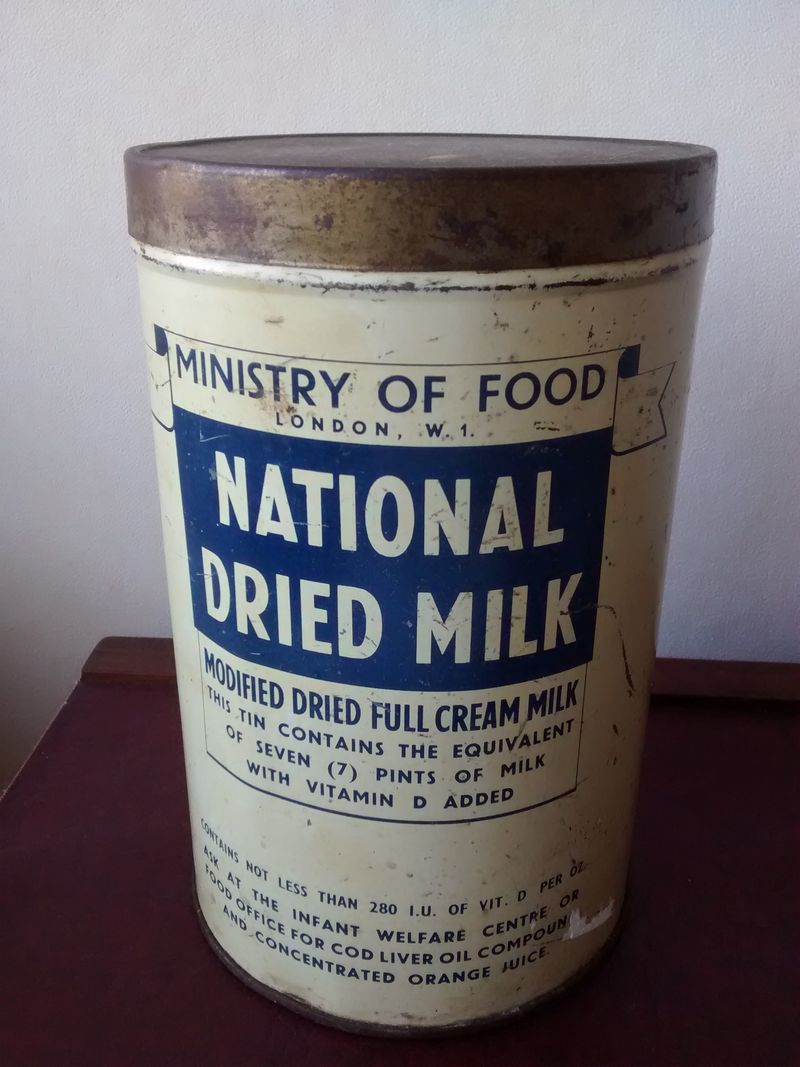
Powdered milk, sugar, and a few drops of vanilla churned into a frozen treat. It looked the part but lacked real creaminess.
Melting left a watery finish. Texture and flavor reminded many that wartime luxury had limits.
15. Vinegar Pie
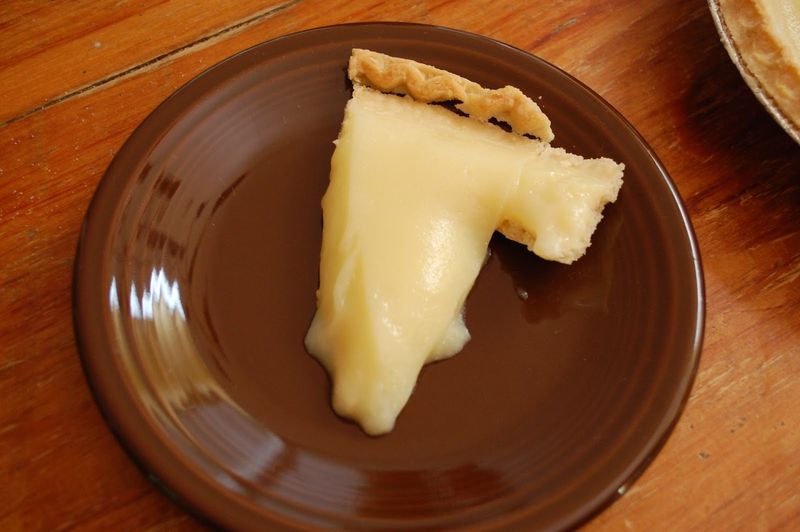
With lemons scarce, vinegar added tartness to this sugar custard pie. Tangy, custardy, and a little jarring.
The flavor balanced oddly between bright and acidic. It was dessert in spirit, not in comfort.
16. Canned Tripe
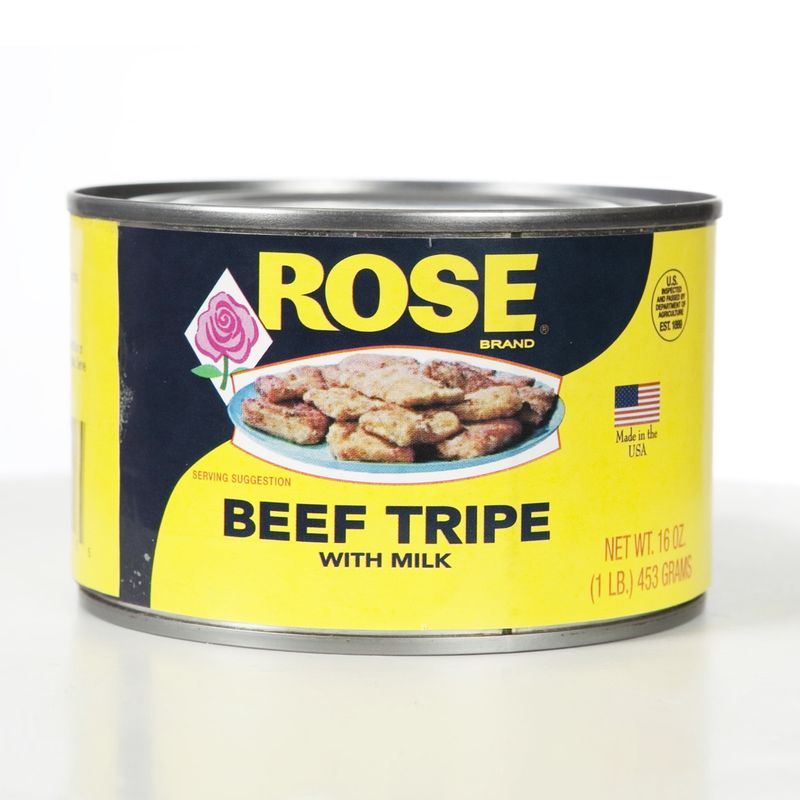
Cow stomach slow-cooked and canned in broth, ready to reheat and serve over toast or in stew.
Rubbery rings and chewy folds defined the texture. Strong aroma made it an acquired taste—at best.
17. Meatless Meatloaf
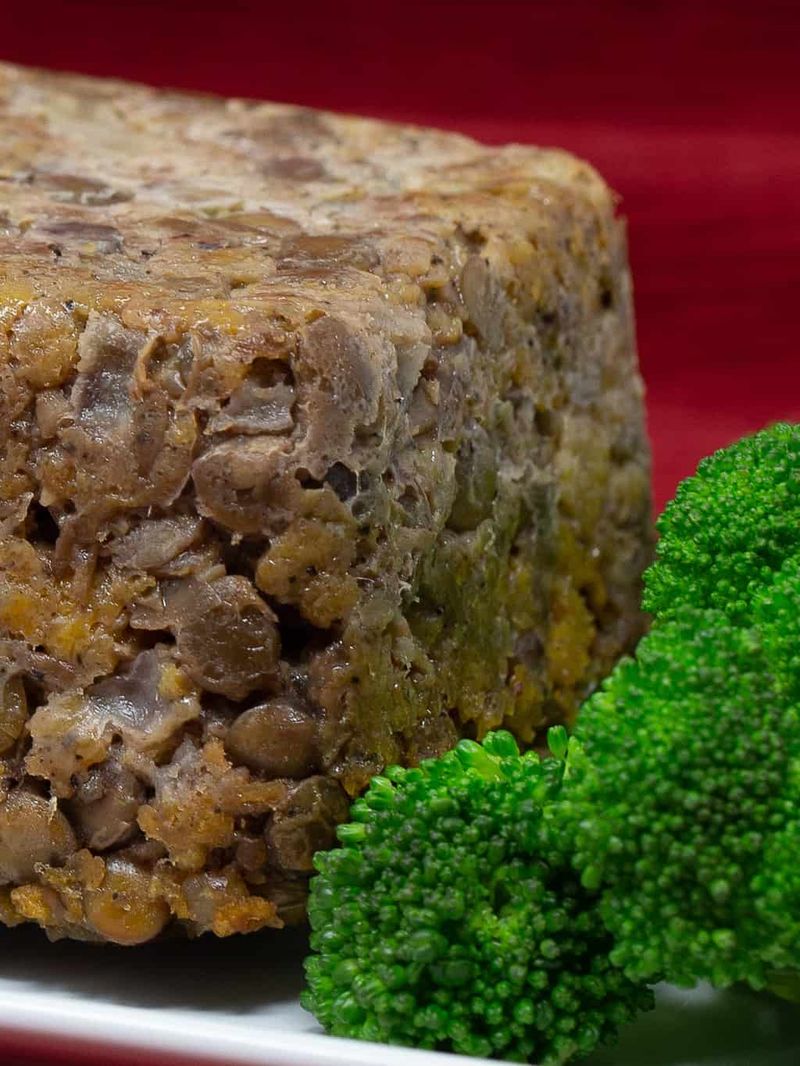
Mashed beans, breadcrumbs, oats, and leftover vegetables formed a loaf pretending to be meat. Gravy was a must.
Dry, dense, and short on umami, it filled a plate but rarely filled a heart.
18. Sardine And Onion Sandwiches

Canned sardines laid over white bread with raw onion rings made for a pungent lunch. Briny, oily, and sharply scented.
It lingered long after the meal. Popular at the time—now more of a dare than a dish.

